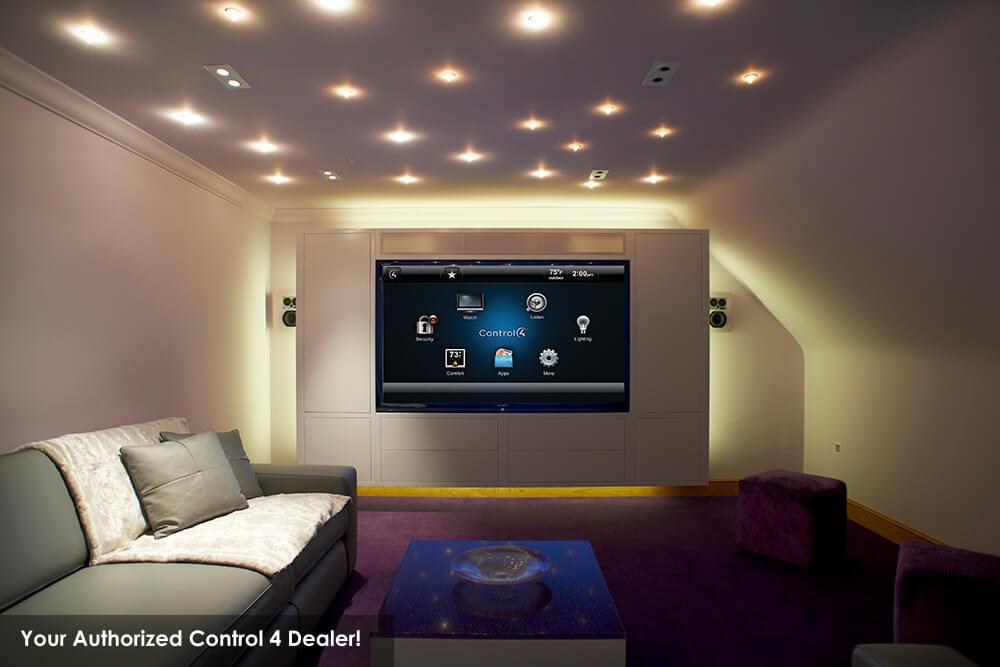Illuminating the Impact of Illumination Conditions on Movement Detection Accuracy and Dependability
Illuminating the Impact of Illumination Conditions on Movement Detection Accuracy and Dependability
Blog Article
Illumination environments play a significant impact in the way effectively we can detect motion. Movement detection is a key component of various systems, such as surveillance cameras, automated illumination systems, and even some video games. Understanding the ways various illumination conditions influence our capacity to detect movement can help improve the design and effectiveness of these systems. For example, poor lighting can lead to missed movements or false alarms, while optimal lighting can enhance the accuracy of motion detection technologies.
In bright illumination conditions, motion detection is generally more accurate. As there is ample illumination, sensors and cameras can capture sharper images, which helps in recognizing moving elements. Bright conditions allow for better contrast between the dynamic object and the surroundings. This contrast is essential for both human viewers and mechanical systems, as it facilitates it easier to differentiate between stationary and dynamic objects in a scene. Therefore, making sure that areas are adequately illuminated can greatly improve the performance of click this link now movement detection systems.
On the other hand, low-light environments can present difficulties for movement detection. In dim settings, shadows can hide dynamic objects, which makes them difficult to perceive. Additionally, the human eye faces challenges to detect movement in dim conditions, which can lead to misunderstanding of the situation in the surroundings. Cameras may also encounter difficulties, as many do not function well in low light without the use of infrared technology or alternative enhancements. These restrictions highlight the importance of sufficient lighting in environments where motion detection is essential.
Moreover, different kinds of lighting can have different effects on motion detection. For example, fluorescent lights can flash, which might mislead motion detection technologies that rely on steady light input. On the contrary, natural provides a consistent source of lighting that enhances visibility. Comprehending these differences in lighting types can assist users in choosing the most suitable illumination for specific uses, especially in surveillance and surveillance situations.
In summary, the relationship between lighting conditions and movement detection precision is important. By making sure that settings are suitably illuminated, we can enhance the reliability of motion detection systems. This understanding not only supports tech uses but also enhances security and security in multiple environments. As further developments are made Recommended Site in movement detection systems, taking into account lighting conditions will remain a vital factor in optimizing effectiveness and guaranteeing that these technologies function properly in various conditions.